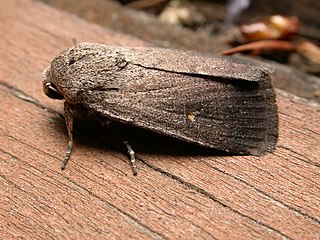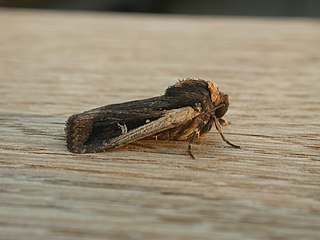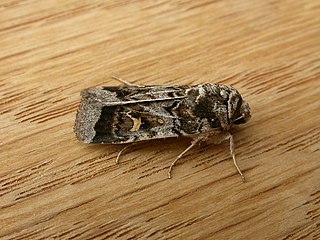
A curator is a manager or overseer. When working with cultural organizations, a curator is typically a "collections curator" or an "exhibitions curator", and has multifaceted tasks dependent on the particular institution and its mission. In recent years the role of curator has evolved alongside the changing role of museums, and the term "curator" may designate the head of any given division. More recently, new kinds of curators have started to emerge: "community curators", "literary curators", "digital curators" and "biocurators".

Pfam is a database of protein families that includes their annotations and multiple sequence alignments generated using hidden Markov models. The most recent version, Pfam 35.0, was released in November 2021 and contains 19,632 families.

The Biological General Repository for Interaction Datasets (BioGRID) is a curated biological database of protein-protein interactions, genetic interactions, chemical interactions, and post-translational modifications created in 2003 (originally referred to as simply the General Repository for Interaction Datasets by Mike Tyers, Bobby-Joe Breitkreutz, and Chris Stark at the Lunenfeld-Tanenbaum Research Institute at Mount Sinai Hospital. It strives to provide a comprehensive curated resource for all major model organism species while attempting to remove redundancy to create a single mapping of data. Users of The BioGRID can search for their protein, chemical or publication of interest and retrieve annotation, as well as curated data as reported, by the primary literature and compiled by in house large-scale curation efforts. The BioGRID is hosted in Toronto, Ontario, Canada and Dallas, Texas, United States and is partnered with the Saccharomyces Genome Database, FlyBase, WormBase, PomBase, and the Alliance of Genome Resources. The BioGRID is funded by the NIH and CIHR. BioGRID is an observer member of the International Molecular Exchange Consortium.
The MetaCyc database is one of the largest metabolic pathways and enzymes databases currently available. The data in the database is manually curated from the scientific literature, and covers all domains of life. MetaCyc has extensive information about chemical compounds, reactions, metabolic pathways and enzymes. The data have been curated from more than 58,000 publications.

ChemSpider is a database of chemicals. ChemSpider is owned by the Royal Society of Chemistry.

Proteuxoa is a genus of moths of the family Noctuidae. The genus was erected by George Hampson in 1903.
Data curation is the organization and integration of data collected from various sources. It involves annotation, publication and presentation of the data such that the value of the data is maintained over time, and the data remains available for reuse and preservation. Data curation includes "all the processes needed for principled and controlled data creation, maintenance, and management, together with the capacity to add value to data". In science, data curation may indicate the process of extraction of important information from scientific texts, such as research articles by experts, to be converted into an electronic format, such as an entry of a biological database.

Proteuxoa tortisigna, the streaked rictonis moth or pale-banded noctuid, is a moth of the family Noctuidae. The species was first described by Francis Walker in 1857. It is found in the Australian Capital Territory, New South Wales, Queensland, Tasmania and Victoria

Proteuxoa oxygona is a moth of the family Noctuidae. It is found in the Australian Capital Territory, New South Wales, South Australia, Tasmania and Victoria.

Database: The Journal of Biological Databases and Curation is an online peer-reviewed open access scientific journal that covers research on databases and biocuration. The journal was established in 2009 with David Landsman as the editor-in-chief. DATABASE is the official journal of the International Society for Biocuration. The journal has published the proceedings of the International Biocuration Conferences since 2009.
Proteuxoa coelenoptera is a moth of the family Noctuidae. It is found in Western Australia and South Australia.
Proteuxoa leptochroa is a moth of the family Noctuidae. It is found in New South Wales.
Proteuxoa passalota is a moth of the family Noctuidae. It is found in New South Wales, South Australia, Victoria and Western Australia.
Proteuxoa pissonephra is a moth of the family Noctuidae. It is found in South Australia and Western Australia.
Proteuxoa rhodocentra is a moth of the family Noctuidae. It is found in New South Wales and South Australia.
Proteuxoa spilocrossa is a moth of the family Noctuidae. It is found in Western Australia.
The Conserved Domain Database (CDD) is a database of well-annotated multiple sequence alignment models and derived database search models, for ancient domains and full-length proteins.

Biocuration is the field of life sciences dedicated to organizing biomedical data, information and knowledge into structured formats, such as spreadsheets, tables and knowledge graphs. The biocuration of biomedical knowledge is made possible by the cooperative work of biocurators, software developers and bioinformaticians and is at the base of the work of biological databases.









